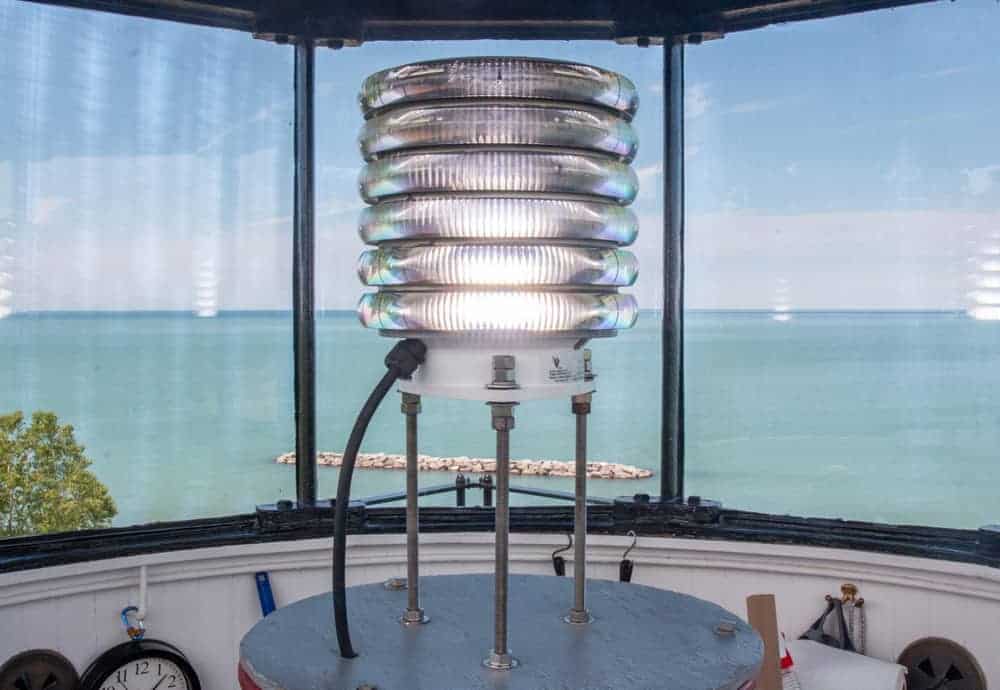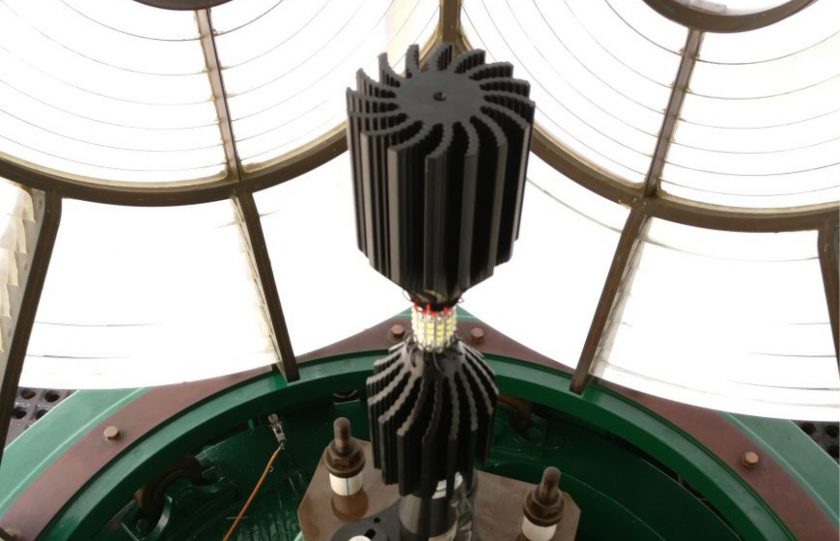Lighthouses have long been symbols of safety and guidance, their beams piercing the darkness to lead sailors safely to shore. The integration of modern technology into these historic structures brings a fascinating blend of old and new, as exemplified by a 150-year-old lighthouse now equipped with a state-of-the-art LED bulb. This article delves into the history, technological advancements, and preservation efforts surrounding this remarkable transformation.

Historical Significance
Lighthouses have played a crucial role in maritime navigation for centuries. Built in the mid-19th century, this particular lighthouse stood as a testament to human ingenuity and resilience against the forces of nature. Its original lighting mechanism, likely a powerful 1500W halogen bulb or dual 1000W halogen 2P lamchanger, was a marvel of its time, ensuring that the light could be seen from great distances.
The Modern Upgrade
The modern replacement, an SL-LED high output optic, represents a significant leap in technology. This LED system offers higher efficiency, longer lifespan, and lower maintenance compared to its predecessors. The outer glass housing remains a Fresnel lens, a brilliant invention of the 19th century that uses a combination of dioptric (reflecting) and catadioptric (refracting) prisms to produce a powerful, focused beam. The Fresnel lens, possibly a 3rd order lens, can create either a constant 360-degree sweep or a directional beam, depending on its configuration.

A fascinating aspect of Fresnel lenses is that it’s not the light source that rotates, but the entire lens assembly, which floats on a bed of liquid mercury. This ingenious design minimizes friction, allowing the lens to rotate smoothly and project its beam across the horizon.
Challenges and Considerations
Modernizing a historical structure like this lighthouse comes with its own set of challenges. Preservationists must balance the need to maintain the lighthouse’s historical integrity with the practical benefits of modern technology. This involves careful planning and execution to ensure that the new technology does not detract from the lighthouse’s historical value.
The Impact of Modernization
The benefits of this technological upgrade are substantial. The new LED system not only provides a more reliable and energy-efficient light source but also reduces the frequency of maintenance, preserving the lighthouse for future generations. The use of solar power further enhances its sustainability, aligning with contemporary efforts to reduce environmental impact.

One notable example of such an endeavor is the Alligator Reef Lighthouse in the Florida Keys. Originally lit in 1873, this lighthouse went dark in 2013 due to the advent of modern navigation technologies like GPS and sonar. Recently, a local community group in Islamorada took ownership of the lighthouse and installed solar-powered lights as part of a broader restoration project. This effort, expected to cost between $5 million and $6 million, aims to preserve the lighthouse and protect it from the corrosive effects of its marine environment.
Conclusion
The story of this 150-year-old lighthouse and its modern LED bulb is a powerful reminder of the importance of preserving our historical structures while embracing technological advancements. It highlights the delicate balance between maintaining the past and enhancing functionality for the future. As we continue to innovate, it is crucial to remember and honor the engineering marvels of our ancestors, ensuring that they remain beacons of history and progress.






